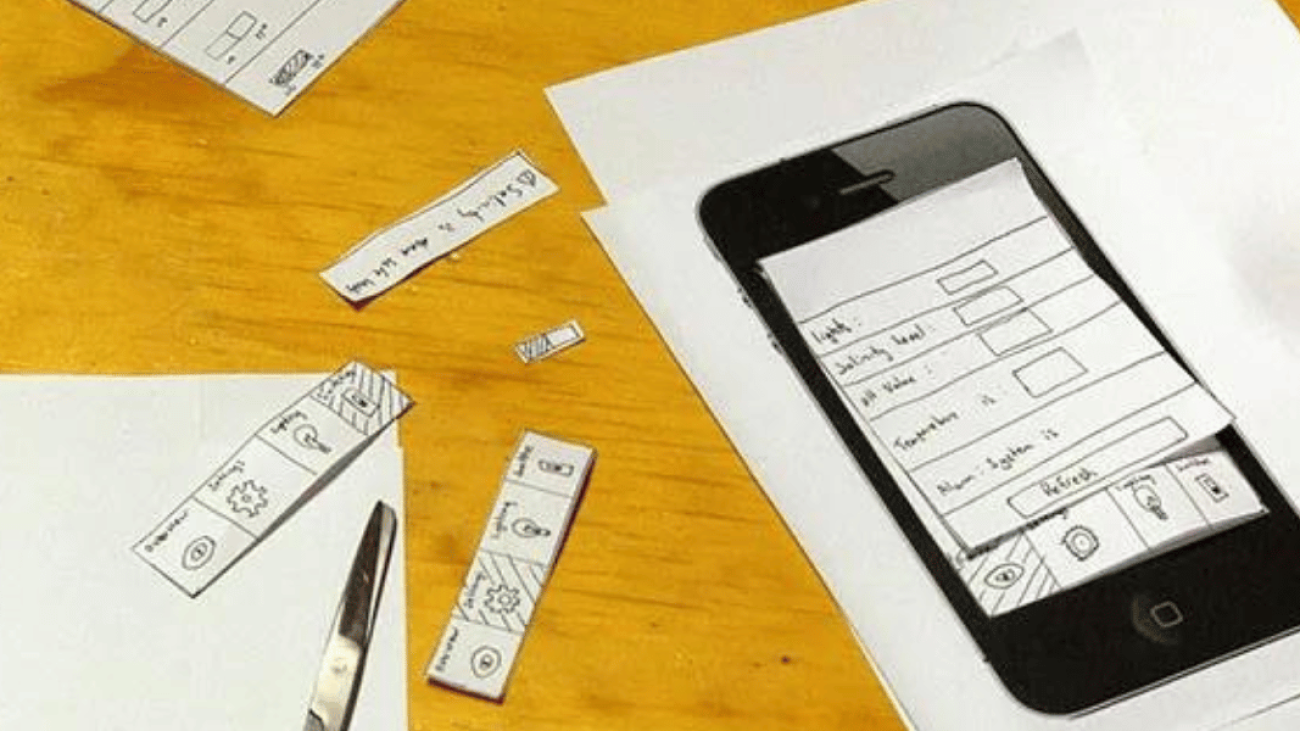
Starting a new business is always challenging. Therefore, the entrepreneurs should make all the efforts to decrease risks and guarantee the success of the product. The creation of a prototype is one of the factors that define the success of your business ideas. Although some business people consider that prototyping is a waste of time, they should try this method to understand the benefits of it. If you still do not know the reasons why you should prototype, let us explore them. Ten reasons why you should prototype your idea before developing it demonstrate the benefits of the creation of a version of the product that might contribute to your success.
The creation of a prototype might help you understand the values and benefits of your product. Since the competitive ability plays a crucial role in the market, the development of the product that differs from the other items and can satisfy the specific needs of the customers becomes the decisive factor in the success of a business. As a result, the creation of a model helps you determine the strong points of your idea to enhance them further and contribute to the improvement of the product.
The prototype provides the chance to notice what shortcomings and drawbacks your product has before you spend a lot of time and money for the development. In business, understanding what weak points might impede the success of the product influences the ability of it to attract the attention of the target audience. Consequently, you should focus on the disadvantages to guarantee that you considered all the possible cases before launching the product. Thus, prototyping helps you save costs that you might have spent on the readjustment and the development of your idea.
You should prototype your idea before developing it because this method might help you save money. The process of launching the new product is complicated and expensive. Therefore, you should not put your idea under risk and start the process before trying your concept in the form of a model. Since this sample helps you determine the problems and drawbacks before the introduction of the final product, it saves your costs. Mainly, the visualization plays a significant role in the evaluation of different factors that influence the interest of the audience. Consequently, having visualized the product, you may use it to avoid the problems in the development of your idea.
The introduction of a prototype might help you save time. The central claim that influences the benefit of this method is the understanding that the creation of a prototype requires less time than the creation of the final product. The additional proof concerns the fact that the prototype might help you remove the defects before you launch your product. All these components show that the creation of a sample saves a lot of time and helps you to promote your idea faster because it is polished and improved.
Prototyping helps you to convince the stakeholders to invest in your business idea. Funding is an essential element of the introduction of a new product. However, recently, with the emergence of a large number of inventors, finding and gaining the confidence of the investors becomes more and more difficult. Thus, visualization becomes the instrument of persuasion and demonstration of the uniqueness of your product. When the stakeholders try your product themselves and judge its benefits by their own senses, they start trusting it more and feel freer to invest.
The other reason why you should prototype your idea before developing it concerns the ability to use the model for testing, getting feedback, and improvements. The introduction of a new product is always challenging because the inventor might know little about the ability of it to win the loyalty of the target audience. Therefore, in this case, the prototype becomes a valuable tool that helps to test the product to define its specifics and issues to avoid them in future development.
The creation of a prototype provides the chance to compare your product with that of the competitors to allow you to understand how to exceed them. The visualization offers the chance to “touch” and “feel” your product. Besides, you may compare it with the other items according to different criteria. The identification of these differences is a significant contribution to the ability of the creators to modify the product according to the information that they get during the process of comparison.
You may create multiple prototypes to choose the best one for future development. The low prices of the models enable the creators to produce several samples to test them all and choose the most appropriate variant. The inventor may define the advantages and disadvantages of all of them, compare and contrast them, ask the colleagues and other users to try the product to eventually decide which one of them deserves to enter the market.
Everyone knows that experience plays a significant role in business. The design of a prototype might become the contribution to your experience. Mainly, the more samples you produce, the more skilled you will be in the development of the product. Indeed, you gain a lot of new knowledge and understand your concept better when you try something rather than just think about it. You should prototype your idea before developing it because this practical knowledge might add to your experience.
Finally, your attempt might demonstrate the others the seriousness of your intentions and convince the investors that you are a serious entrepreneur and approach the idea with responsibility. The creation of a version of your product might show that you are determined to achieve success and apply all the possible measures to reach your goals. Besides, the prototype makes the others understand that you definitely know how business works and what steps to take before risking the money.
The creation of a prototype is an essential step in your business. It determines how effective your strategy will be and what results it will yield. Ten reasons why you should prototype your idea before developing it explain the most significant aspects that might contribute to the value of your product. In particular, the creation of a version of your product might save your time and money, show the investors the benefits of your product, and convince them in the success of your ideas. Besides, it might help you determine the problems, shortcomings, and advantages of your product before you launch its development. In addition, it might allow you to improve the product, get feedback, and test it. Therefore, before developing your idea, you should always design a model that might become the instrument of your success.






